|
A FEW years back, I posted about the unfortunate situation here in Italy regarding the management of cultural heritage. Actually, I have posted numerous times about how due to funding constraints, so much of the sector here seems to be run so poorly, and how the result is that it keeps a lot of Italy's remarkable heritage out of reach. It's really a bit of a hit and miss affair. Some collections and sites are maintained to best practice standards. Others are just laughably, and sadly, mismanaged. Anyhow, back in the past I noted that the world famous Riace bronzes were out of circulation. Back then, unless you happened to be working in art conservation, or on a guided tour of a conservation facility, you were likely to visit Calabria without seeing what are perhaps its most significant artistic objects. There's no denying Italy has one of the most spectacular collections of archaeological and artistic patrimony that exists in the world. Certainly, in Europe, there is no country that can match it for the breadth of interesting sites and for the mosaic of heritage that it represents. I think we often forget that Italy as we know it today was only formally united in 1861: prior to that it was a collection of states who had their own, distinct histories and traditions to call upon. Once upon a time, Italy was a collection of different nation states that had their own capitals, their own kingdoms, and often their own dialects. Often, certain swathes of the lands were part of larger political entities or broad, geographic zones. For artists and archaeologists it means that you have to look at different places across the peninsula in different ways: what was happening artistically and architecturally in one city may have been in complete opposition to something happening just a couple of hundred kilometres away. The way that most people absorb this idea is through the greatest hits tour of Rome-Venice-Florence. They are so dominant in the consciousness of people because as cities they are exceptionally interesting. I don't know anybody that isn't astounded by how amazing and different they are to each other. But so few people venture further afield because we tend to think that significant and eye popping history is only found in these particular clusters because there isn't enough being done to manage and promote collections further afield where what's on offer is just as extraordinary. Truth is that we can link a lot of Italy's history with larger, broader movements that occurred in the wider area. Beyond the greatest hits there's a wealth to dicover among the Roman empire, Byzantine capitals (including Ravenna), the kingdoms of Naples and Sicily, the Renaissance (hello central Italy) and the Vatican (there we are again, back to Rome and Vatican City) If Italy had a greatest hits album, those would be the shining hits. But there's a lot more on offer own south. Problem is, people are really tough on the south of Italy. There's a general us vs them mentality that divides Italy unequally into two. There are a lot of problems in some parts of the south that account for this, but on a bigger scale, I think we underestimate the resentment people have in the south because we tend to underestimate how history in a place like Europe can really live on in the minds of its people. Before the modern day narrative kicked in, where Italy's north triumphed in economic and political terms, it was in fact the south which was the richest part of the lands. Over time, the North's pillaging of the South's riches and manufacturing industries turned Italian society on its ear and into the Italy we recognise today. It's only now that some historians are acknowledging this significant and unjust turn of events. With the complete U-turn of Italy's economy towards the north, a disparity of wealth was created: a giant ghetto of sorts that has still not been addressed despite a lot of measures having been taken to try and promote more investment and interest in the southern Italian regions to redress the situation. These days, a lot of people are heading South again, simply because the poorer states offer better value for money and because their beaches are amongst Europe's most beautiful. But the South, in addition to having once been the centre of the Italian economy, was also an area which was pivotal for its ongoing contact with the ancient centre of civilization and economy: (modern day) Greece. Amazing how a few thousand years can change things so completely and how a trip here today can make you feel like you're not in Italy but in a former Eastern bloc country. So, why the meandering, pick and mix history lesson? Because it's important to acknowledge that places like Calabria and Puglia (and Sicily) played incredibly important parts in (pre)Italian history. Those three regions (along with Basilicata) formed the bulk of Magna Grecia, an area that was first settled by the Greeks in the 8th century BC. The establishment of Magna Grecia brought with it an incredible exchange of ideas and economy in the south of the Mediterranean that continued until the Romans eventually prevailed. If you need an indication of how mighty Magna Grecia was, you need only consider that places like Naples and Syracusa were born out of this Hellenic past, and remained Hellenic cities until the Romans prevailed in the 3rd century BC. A visit to any of the southern states will reveal at least some level of the Hellenic golden era. And it is this vestige that makes the now poorer southern states of Calabria and Puglia (and Sicily) so much more historically important than the stereotype of mafia and crime will have you believe. The problem is, that until recently, economic issues have obscured this and left a giant vacuum of power and economy across the region that has been filled in unfortunate ways. This is the slower vehicle in the two speed Italian economy, and it's not a coincidence that many people here still see Naples as being their nominal capital rather than Rome, because once upon a time, the southern states here were part of the Two Kingdoms (Sicily and Naples) which, despite the modern day turn, was documented as once being the most socially and economically advanced of the old Italianite kingdoms. Nowadays, people in the south often feel as if they have been forgotten by Rome or reviled by the people in the north. Is all of this used as an excuse today by people in the south? Perhaps. Perhaps there are still people in the south who are (rightly) still angry about how history and commercial/political interests have so fundamentally altered their daily lives in order to favour people in the north. Most families here in the south have at least one family member who has had to move north in order to find work: so they have a daily reminder of just how things could've been different.
From a cultural point of view, what this means is that the older Italian archaeological sites, which tend to be found in the south, have often been neglected in favour of the more widely promoted and visited sites in the north. Their age requires a different level of attention and funding than more recent sites, but unfortunately, this has not been achieved over the years at many of these places, in part because the southern states have had more pressing social and financial issues to deal with. Are things changing? Maybe. But whereas places like Puglia and Sicily have really excelled in the field of tourism in the last decade or so, places like Calabria haven't. The Calabrian landscape is even more dramatic than Puglia's: amazing coast lines, incredible mountainous terrains that seem to rise out of the seas, and, particularly in the south east, the region is littered with gorgeous small towns (many of which are perched precariously on cliff tops) that scream "MEDITERRANEAN!" Culturally, Calabria has not been a hard hitter by Italian standards. Today, the public perception and cultural market is still based on the idea of the mafia: Anime Nere the recent surprise film hit based on the mafia there is now spinning off into a television series, and there are other television productions currently taking place around Calabria that also focus on mafia story lines. But Calabia's rich and varied history deserves more attention, flexibility and better care. Despite what google will tell you, after years of being pretty much out of reach to the public, the world famous Riace statues are back on show, and I had the good fortune of visiting them in Reggio Calabria (the Calabrian capital) at the National Museum, which is not, as google will have you think, permanently closed. The National Archaeological Museum/Reggio Calabria is open and has four or five stories of exhibition space. Its current display seems largely modelled on the similar site in Taranto, (MARTA), which shares the Hellenic history, but, in Reggio Calabria, only one floor is accessible to visitors. Such an occurrence is common place from Naples and south. But you would never have such an issue in Milan or Turin (who have an arguably diminished archaeological record to draw from). What is on show is remarkable. Hellenic and Roman for the most part, but the Riace bronzes are clearly what you're paying 5 euro to see. And they will really take your breath away. I have to say, the museum is exceptionally well planned (despite how little is on show), and it's one of the few I have ever visited that actually uses a pressurized air chamber to cleanse visitors of particles and pollutants that could otherwise damage the 2,500 year old bronzes. The backstory to the bronzes is amazing and there are competing views as to how and where they were created and who they represent. I won't go into that. You can go and visit them and finally see them standing and decide for yourself which theory is most likely. But what I will say is that if the rest of the south's heritage was as well preserved and displayed as these statues now are, there would be no point to an article such as this. But the reality is that the current exhibits here are still a compromise: public outcry was what finally reopened this museum, and only then, partially. Sorry for the following links, but weebly is at it again and won't let me add in links normally. Previous post on Riace/heritage in Italy: http://papertigers.weebly.com/paperless-tiger/category/riace Reggio Calabria's national museum website: http://www.archeocalabria.beniculturali.it/archeovirtualtour/
0 Comments
Your comment will be posted after it is approved.
Leave a Reply. |
Dave
|
|
|
Dave Di Vito is a writer, teacher and former curator.He's also the author of the Vinyl Tiger series and Replace The Sky.
For information about upcoming writing projects subscribe to the mailing list. Dave hates SPAM so he won't trouble you with any of his own. He promises. |
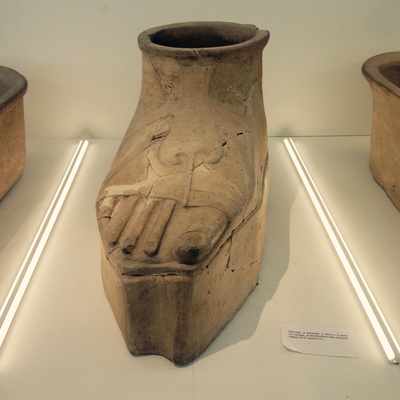
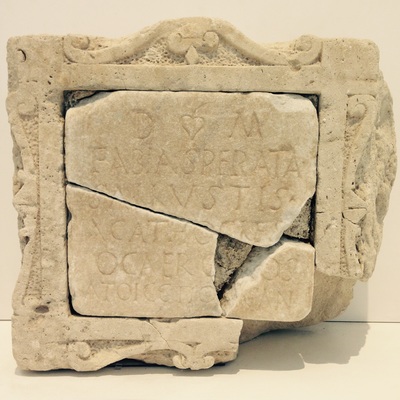

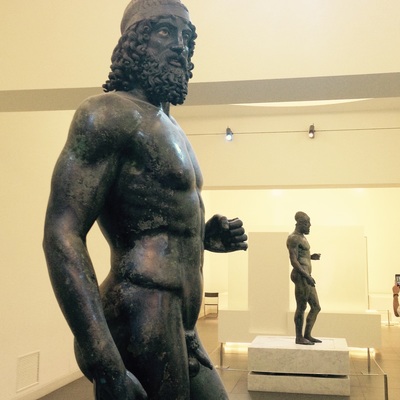
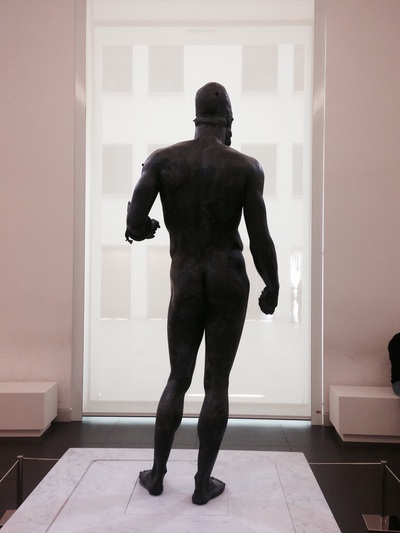
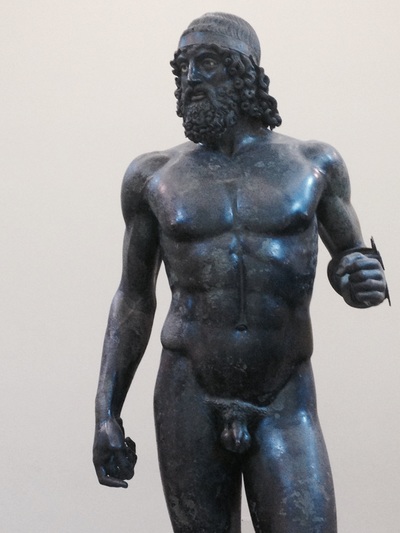

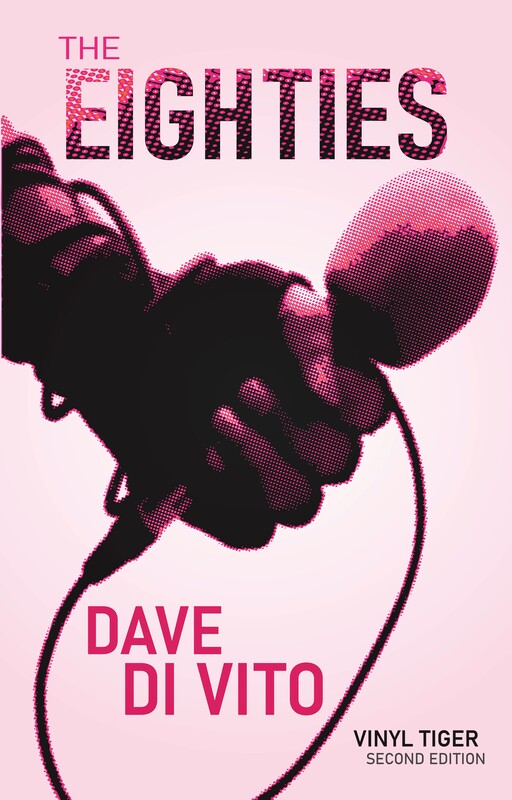
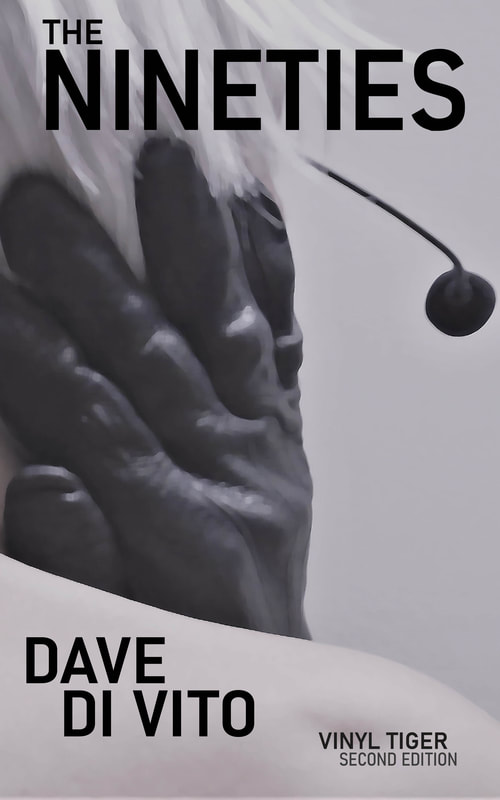
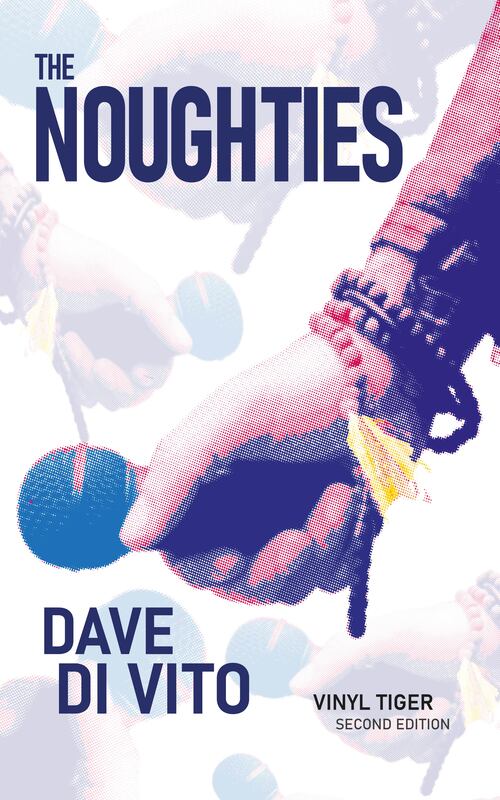
 RSS Feed
RSS Feed